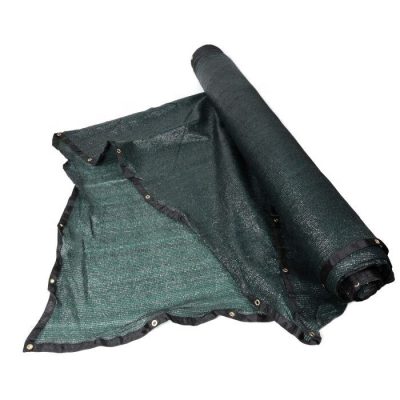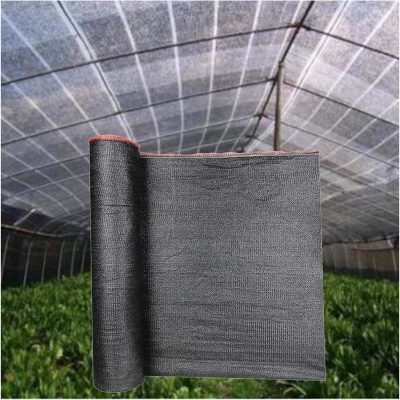Proper installation and maintenance of agriculture nets are crucial for optimal crop protection. Here are some guidelines to follow:
- Preparing the Area:
- Clear the area of any debris, weeds, or plants that may interfere with net installation.
- Ensure that support structures, such as poles or frames, are in place and securely anchored.
- Choosing the Right Net:
- Select the appropriate type and mesh size of netting based on the specific crop, pest pressure, and environmental conditions.
- Ensure that the netting material is durable, UV-stabilized, and designed for agricultural use.
- Installation:
- Start by securing the netting at the bottom, ensuring a tight and secure fit to prevent pests from entering underneath.
- Unroll or unfold the netting over the crop area, making sure it covers the entire planting area.
- Secure the netting at the top, ensuring it is taut and properly anchored to prevent pests from entering from above.
- If necessary, use clips, ties, or fasteners to secure the netting to support structures and prevent gaps or openings.
- Maintenance:
- Regularly inspect the netting for any tears, holes, or damage that may compromise its effectiveness. Repair or replace damaged sections promptly.
- Check for any sagging or loose areas and re-tension the netting as needed to maintain a secure and tight fit.
- Trim any excess or overgrown vegetation that may come into contact with the netting, as it can create entry points for pests.
- Monitor the netting regularly to ensure it remains properly secured and in good condition throughout the growing season.
- Ventilation and Light Penetration:
- If using netting for disease prevention, ensure that it allows sufficient airflow and light penetration to prevent excess moisture buildup and maintain plant health.
- Adjust the netting or use supplemental measures if necessary to ensure adequate ventilation and light for optimal crop growth.
- Removal and Storage:
- At the end of the growing season or when the netting is no longer needed, carefully remove it to avoid damage to plants.
- Clean and store the netting properly in a dry and protected area to extend its lifespan for future use.
Remember to follow the manufacturer’s instructions for installation and maintenance specific to the type of agriculture netting you are using. Additionally, consider consulting with local agricultural experts or experienced farmers for guidance on proper installation techniques and maintenance practices tailored to your specific crops and conditions.








